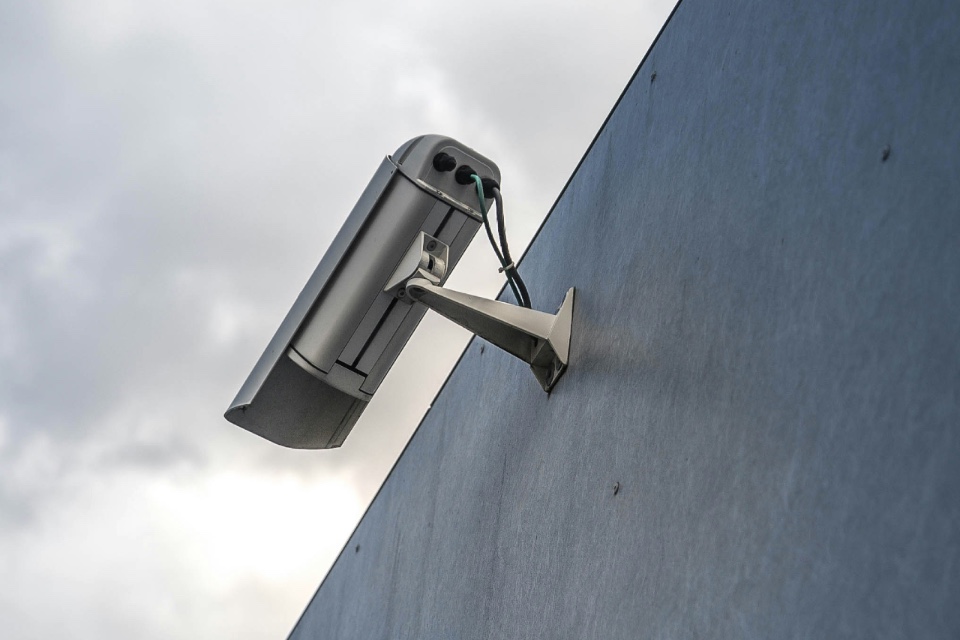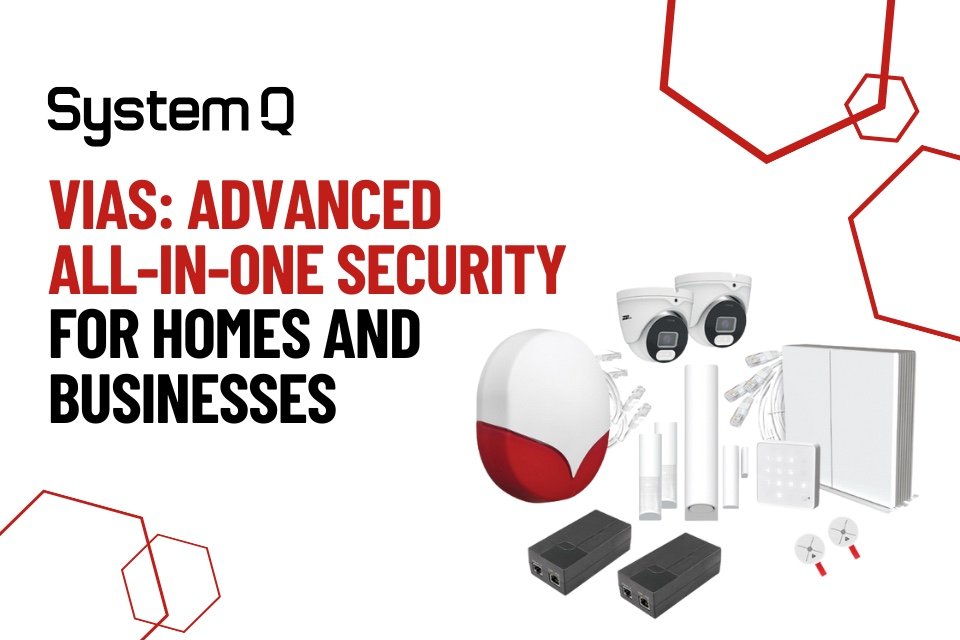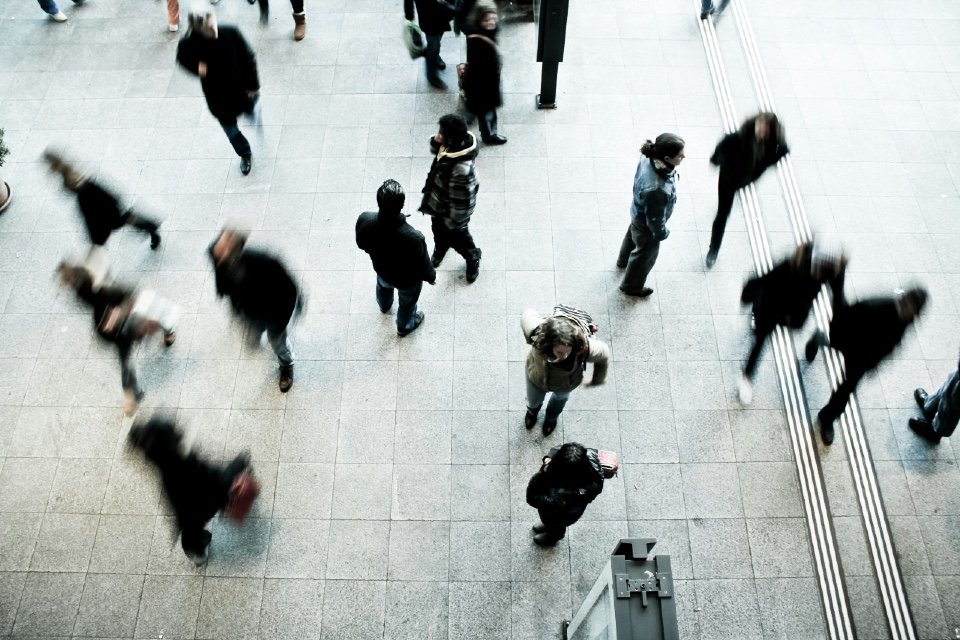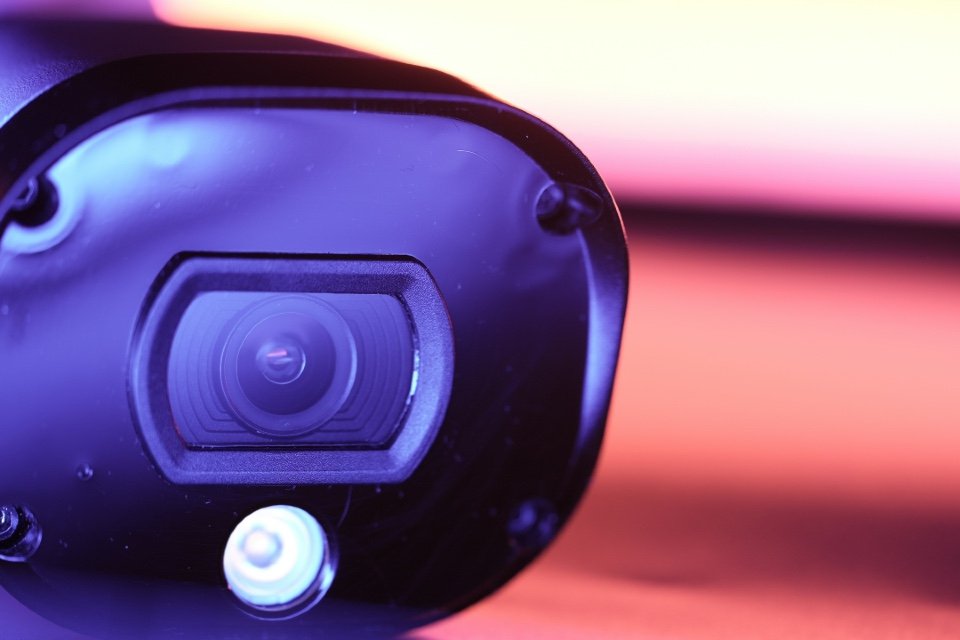CCTV systems have become an indispensable tool for physical security professionals for decades, albeit experiencing a considerable evolution as technology marches on. By strategically deploying CCTV systems, organisations can improve surveillance, deter crime, and respond effectively to incidents. Here are the key considerations among delegates at the Total Security Summit…
Key CCTV Technologies and Applications
- Analog CCTV: Traditional CCTV systems using analog cameras and recorders. While still used in some legacy systems, digital CCTV has largely replaced analog due to superior image quality and features.
- IP CCTV: Internet Protocol (IP) cameras transmit video and data over a network, offering flexibility, scalability,and advanced features like remote monitoring and analytics.
- HD CCTV: High-Definition (HD) cameras provide superior image quality, enabling clearer identification and evidence collection.
- PTZ (Pan-Tilt-Zoom) Cameras: These cameras can be remotely controlled to pan, tilt, and zoom, offering greater surveillance flexibility.
- Thermal Imaging Cameras: Detect heat signatures, making them ideal for night vision, perimeter surveillance,and detecting concealed objects.
- Analytics-Enabled Cameras: Advanced analytics can detect motion, identify objects, and trigger alerts based on predefined rules.
Usage Scenarios for CCTV
- Perimeter Surveillance: Monitor entry points, parking areas, and external perimeters to deter unauthorized access and detect intruders.
- Internal Surveillance: Monitor common areas, hallways, and sensitive areas within buildings.
- Incident Investigation: Review CCTV footage to gather evidence and identify suspects in case of incidents.
- Employee Monitoring: Monitor employee behavior and compliance with company policies (with appropriate legal and ethical considerations).
- Operational Efficiency: Optimize operations by analyzing traffic patterns, queue lengths, and resource utilization.
Maintenance Considerations
- Regular Maintenance: Conduct routine maintenance checks, including cleaning lenses, inspecting cables, and updating software.
- Storage and Retention: Implement a data retention policy and ensure proper storage of CCTV footage.
- Cybersecurity: Protect CCTV systems from cyberattacks by implementing robust cybersecurity measures.
- Legal and Ethical Compliance: Adhere to data protection laws and ethical guidelines when using CCTV.
- Staff Training: Train staff on the proper use and monitoring of CCTV systems.
By effectively leveraging CCTV technology, senior physical security professionals can enhance their organization’s security posture, deter crime, and improve operational efficiency.
Are you searching for CCTV Installation & Maintenance solutions for your organisation? The Total Security Summit can help!
Photo by Dorian Hurst on Unsplash





